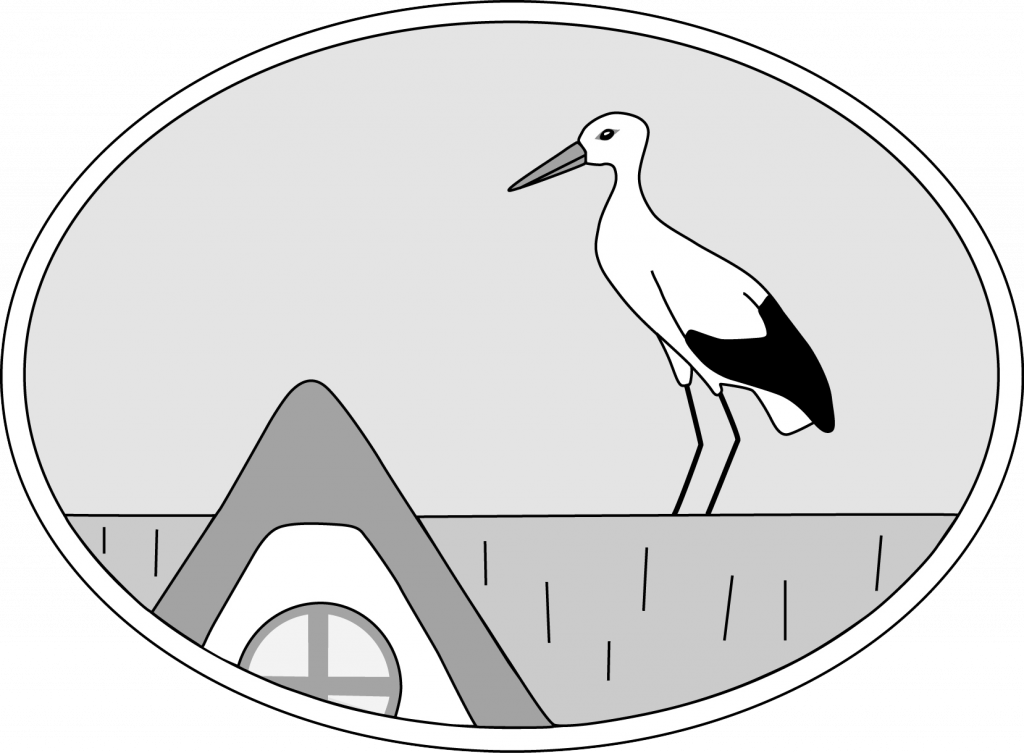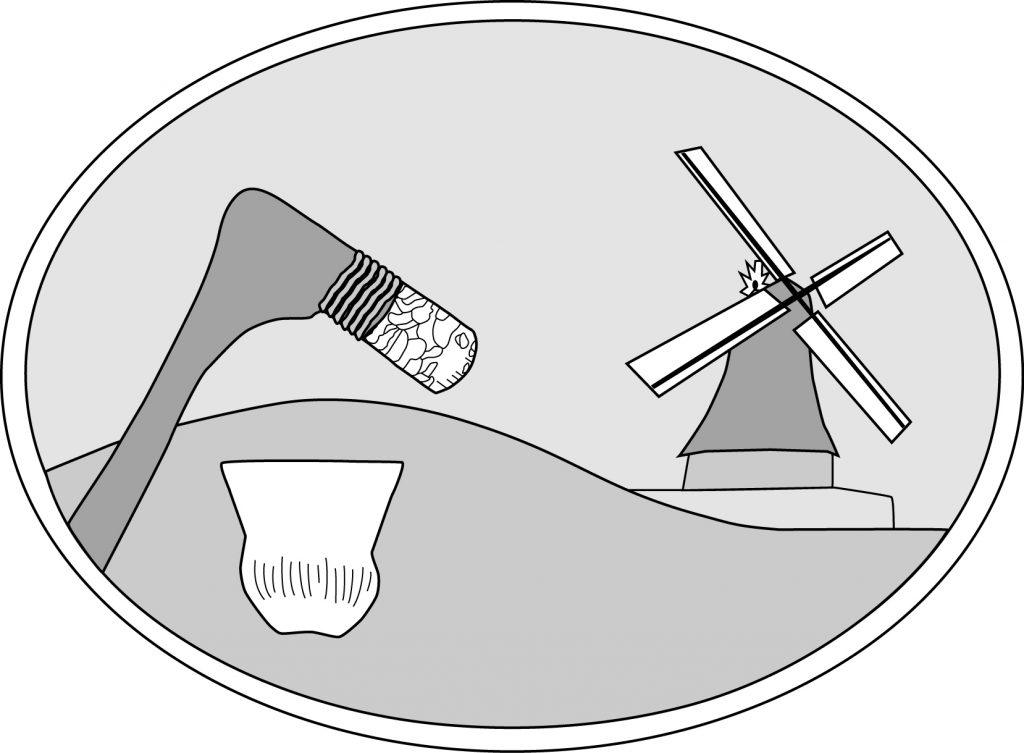
Especially for inexperienced young storks, the strains of the first migration pose a great threat. Electric overhead lines and non-insulated power poles pose a particular problem. In the course of intensive farming, the drainage of wetlands, such as moors and wet meadows, is a major problem, since fewer frogs and mice live in dry areas and so the stork also finds less food.
In Africa, storks are often still intensively hunted – both as a food source and as a trophy. Many also die from poisoning from insecticides used to destroy the migratory locust in Africa, which also eliminates an important food source. Periods of drought in the wintering areas lead to a shortage of food, causing the storks to return late to the breeding areas resulting in reduced breeding success.
Our agriculture is also a problem for the white stork. Here, too, the stork runs the risk of poisoning itself by eating insects combatted with pesticides, and storks generally find less food in uniform grassland with little species diversity. Similar to drainage, the straightening of rivers has led to a large-scale loss of habitat, as this results in the permanent loss of wet floodplains where the stork previously found its food.
Less food inevitably means fewer young storks fledging and making the long journey to their wintering grounds, which in turn results in permanently shrinking stork populations. Therefore, we must all preserve the habitat of the white stork and together stop pollution.



